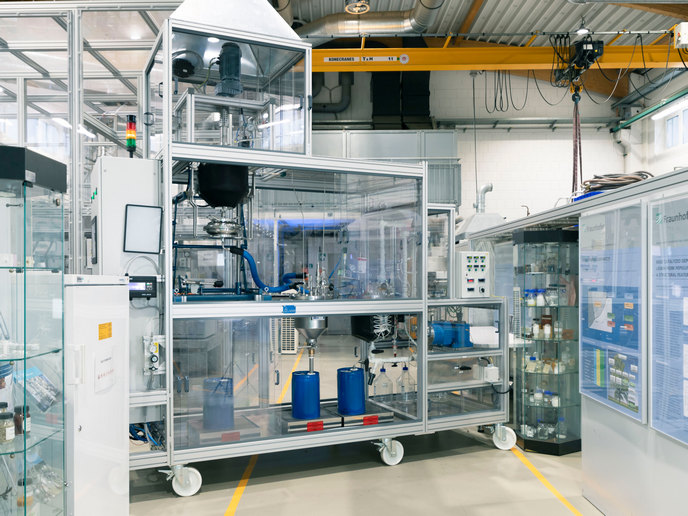A novel process to recover clean polymers from hazardous e-waste
Millions of tonnes of plastic waste from waste electrical and electronic equipment (WEEE) are generated in Europe each year, much of it exported to Asia for low-grade recycling or landfill disposal. These plastics often contain brominated flame retardants (BFRs) and antimony trioxide (ATO) – substances that cannot be recycled in Europe due to health and environmental constraints. Today, about 400 kTon of plastic EEE waste is so polluted that it has to be incinerated. The EU-funded PLAST2bCLEANED project tackled this issue by developing a safe and economically viable recycling process to recover clean polymers, bromine, and antimony trioxide, creating a closed-loop recycling system. The project is breaking new ground in recycling common WEEE polymers, bromine flame retardants, and antimony trioxide, introducing technologies that safely separate hazardous additives from plastics.
Responsibly breaking down hazardous plastics
The project focused on WEEE plastics containing plastics such as acrylonitrile butadiene styrene (ABS) and high-impact polystyrene (HIPS) and also contain up to 20 % BFRs and 5 % ATO. These additives ensure fire safety but hamper recycling. “By dissolving the polymer, the additives are freed and can be separated from the polymer,” says Pieter Imhof, senior business developer at TNO. Multiple techniques were tested to purify the recovered polymer, including membrane filtration, density separation, sorption, and bed filtration. “The analysis showed that the recovered polymer did not present any substances of concern above the regulatory limits,” explains Imhof. Testing confirmed that the polymer met the technical requirements for use in new products like washing-machine doorframes, although the impact strength required blending with virgin materials.
Pilot facility proves large-scale viability
The recycling process was validated in a pilot facility, demonstrating its feasibility on a larger scale. “During the experimental campaign, the feasibility of the process concept could be proven at kilogram scale, as a total of 16 kg sorted post-consumer ABS waste was processed to provide 9 kg of dry recycled polymer,” Imhof highlights. This proof of concept confirmed that the process is technically sound, though further improvements are needed for ATO recovery at scale.
Lower costs and environmental benefits
Incineration is the current disposal route for most WEEE plastics. PLAST2bCLEANED offers an alternative that reduces environmental impact and cuts recycling costs. “Life Cycle Costing assessment shows that the PLAST2bCLEANED process lowers the costs for recycling of the polymer, compared to incineration,” notes Imhof. However, the low price of virgin plastics remains an economic barrier. The project concluded that policy support is critical to incentivise investment in advanced recycling. Recommendations include banning plastic waste exports, creating a separate market for recycled plastics, and linking polymer prices to CO2 emissions.
Strengthening Europe’s circular economy
Looking ahead, the PLAST2bCLEANED process could potentially recover up to 606 kTon of ABS/HIPS by 2050. This stream is expected to double due to intended increased collection rates. At the same time, uncertainty is large due to contradictory developments concerning the debromination regulation and the expected high growth of EEE put on the market. This would reduce Europe’s dependence on imported materials, especially antimony, which is classified as a critical raw material. The technology is also adaptable to other plastic waste streams, such as automotive plastics, with simplified processing when hazardous additives are absent. PLAST2bCLEANED’s success highlights how innovative recycling solutions can close material loops, reduce hazardous waste, and drive Europe’s transition to a circular economy.
Keywords
PLAST2bCLEANED, recycling, WEEE plastics, polymer, antimony trioxide, circular economy, raw materials, brominated flame retardants, hazardous waste



